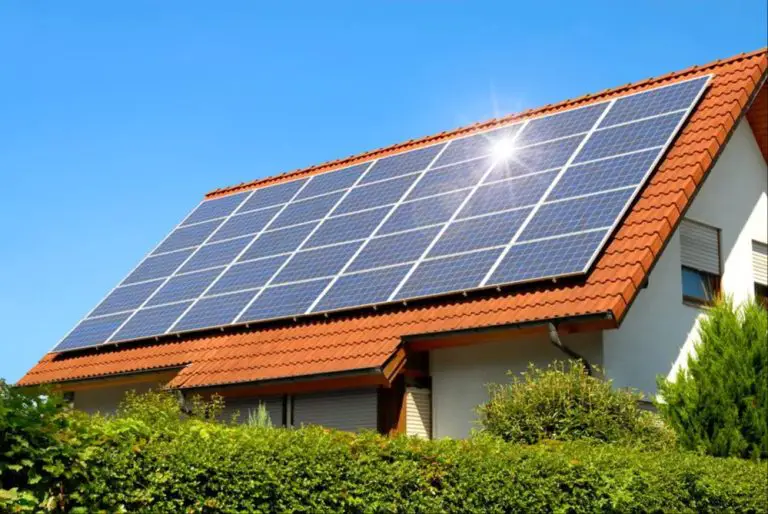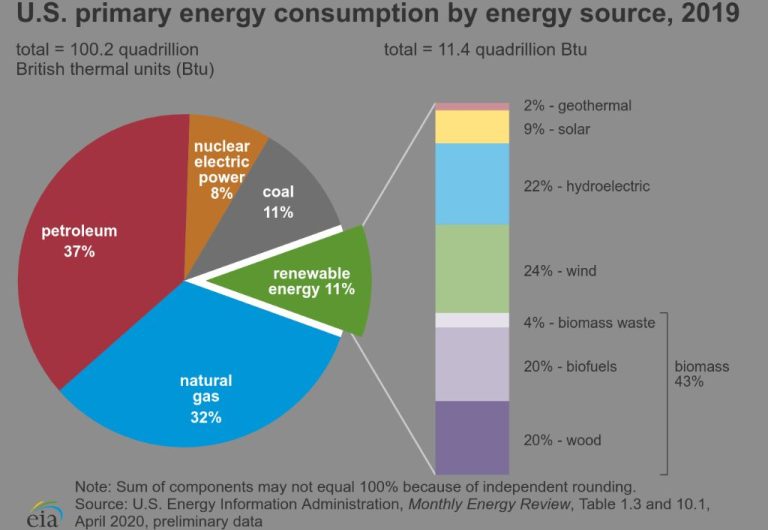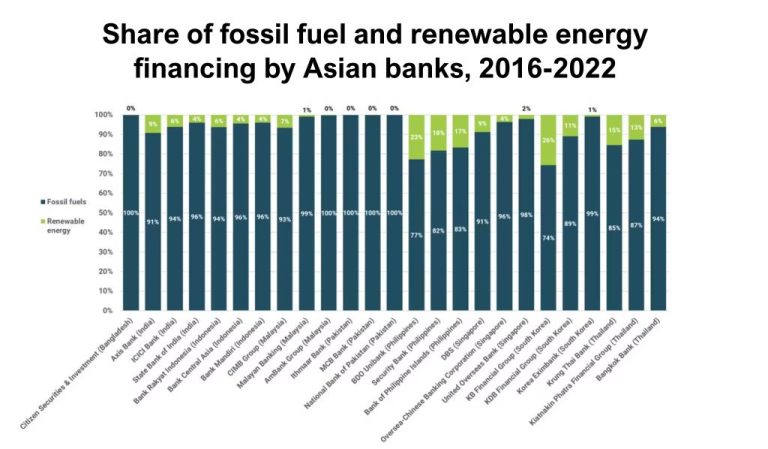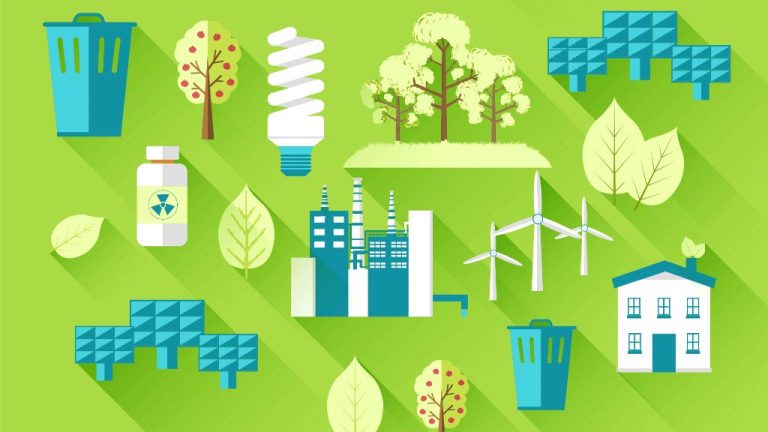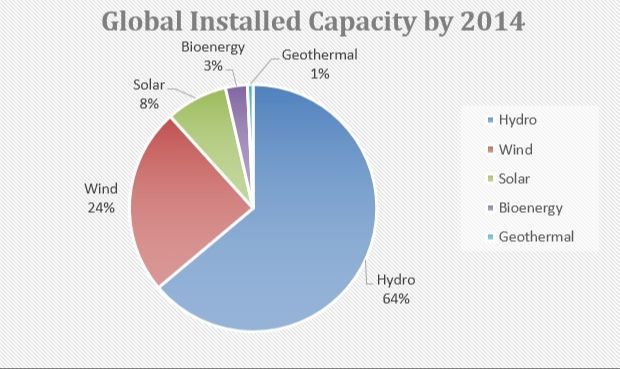What Are 3 Positives And 3 Negatives Of Renewable Energy?
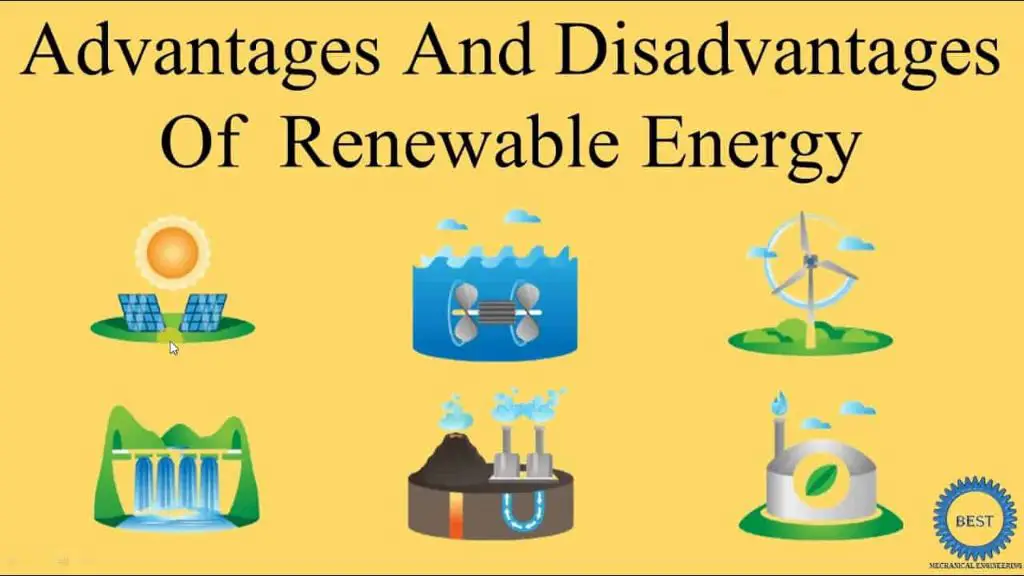
Renewable energy comes from natural sources or processes that are constantly replenished like sunlight, wind, rain, tides, waves, and geothermal heat. The main types of renewable energy are solar photovoltaics, solar heating and cooling, wind power, hydropower, geothermal power, and bioenergy. There has been growing interest in renewable energy to reduce greenhouse gas emissions and combat climate change, increase energy security by relying on domestic resources, and create jobs and economic opportunities. This article will discuss some of the key pros and cons of renewable energy to provide a balanced perspective on its current state and future potential.
Cited url:
[1] https://understand-energy.stanford.edu/energy-resources/renewable-energy/introduction-renewable-energy
Reduced Greenhouse Gas Emissions
Renewable energy sources such as wind, solar, geothermal, and hydropower produce little to no greenhouse gas emissions during their operations. This helps mitigate climate change by avoiding the release of carbon dioxide and other greenhouse gases that contribute to global warming. According to the UN, renewable energy sources have the potential to provide over 90% of the necessary reductions in energy-related carbon emissions (UN, n.d.). The International Renewable Energy Agency (IRENA) likewise reports that renewables and energy efficiency, supported by electrification, can offer over 90% of the required reductions in carbon emissions from the energy sector (IRENA, 2019). While all electricity sources produce some emissions during their lifecycle, the World Resources Institute notes renewable sources have substantially lower emissions compared to fossil fuels (WRI, 2019). By displacing fossil fuel use, renewable energy is critical for reducing greenhouse gas emissions and avoiding the worst impacts of climate change.
Energy Independence
Renewable energy sources like wind, solar, hydropower, and biofuels allow countries to generate electricity domestically rather than importing fossil fuels from other nations. This increases energy independence and security (Energy Independence and Security – Energy.gov). When countries produce their own renewable electricity, they are less susceptible to disruptions in fossil fuel supplies or price fluctuations. Renewable energy helps strengthen energy security.
For example, Germany has increased its renewable energy generation in order to decrease its dependence on imported Russian natural gas. The country plans to produce 80% of its electricity from renewable sources by 2030 (Clean Energy Is the Key to Real Energy Independence – NRDC.org). The United States has also utilized tax credits to increase domestic renewable energy capacity, with wind and solar generation displacing the need for natural gas and coal imports.
Job Creation
Transitioning to renewable energy can create a large number of jobs domestically. According to the U.S. Department of Energy, in 2021 the number of jobs in clean energy fields increased to over 4 million, representing over 40% of total energy jobs in the country.1 The International Renewable Energy Agency (IRENA) also reported in 2017 that renewable energy jobs worldwide surpassed 10 million, growing 5.3% from the previous year.2 The growth is driven by new solar and wind projects that require construction, installation, and maintenance services. Domestic job creation is a major benefit of transitioning to renewable energy.
Cost Declines
Over the past decade, the costs of renewable energy like solar and wind power have steadily declined. In fact, between 2010 and 2019, the unit costs of solar photovoltaics decreased by 85% and onshore wind decreased by 49% (1). This dramatic reduction in costs is largely attributed to improvements in technology and economies of scale as more renewable capacity gets installed (2).
According to a report by the International Renewable Energy Agency, the global weighted average cost of electricity from solar PV could fall by 59% by 2025 compared to 2020 costs. The cost of electricity from concentrated solar power could decline by 43% over the same time period (3). As renewable technology continues to advance and production scales up, costs are expected to become even more competitive with conventional sources of energy.
The declining costs of renewables make them an increasingly financially attractive option for energy production around the world. Cost reductions for solar, wind, and other renewable sources will be key for the ongoing transition away from fossil fuels.
Intermittency Issues
One challenge with renewable energy sources like solar and wind is that they can be intermittent, meaning their power generation fluctuates based on weather and time of day. This intermittency can cause issues with grid stability as supply and demand need to be constantly balanced. As this source explains, solar and wind farms cannot consistently produce energy 24/7.
For example, solar power relies on sunny days and drops off at night. Wind power relies on windy conditions and can have lulls in generation. These fluctuations from renewables can be challenging to manage compared to the constant baseline power provided by fossil fuel plants. Grid operators have to forecast renewable generation and be prepared to rapidly ramp up or down other energy sources when solar and wind drop off unexpectedly.
Major grid failures have happened in places like Texas and California during times of high renewable generation combined with peak demand, demonstrating the grid balancing challenges. Solutions like improved forecasting, more transmission connections, energy storage, and demand response are needed to manage the variability from renewables as their share of the energy mix grows.
High Upfront Costs
One of the main negatives of renewable energy is the high upfront costs required to build and install renewable energy systems compared to more traditional power generation methods. According to research from the Clean Energy Ministerial (1), the initial investment for renewable energy systems like solar or wind farms can be quite high. These high capital costs make adoption of renewables slower, as individuals or utilities may be hesitant to take on such large upfront investments.
Renewable systems often require substantial infrastructure like turbines, panels, batteries, and land acquisition. For example, constructing a utility-scale wind or solar farm can cost hundreds of millions of dollars upfront, whereas building a natural gas power plant may be cheaper initially (2). These high initial capital costs can deter potential adopters of renewable technology.
However, costs are declining as technology improves and scaling occurs. Governments and utilities can also help address high upfront costs through incentives like tax credits, grants, and innovative financing tools to make adoption more feasible (3). Forward-thinking policies and decreased costs through technological maturity will help overcome this adoption barrier over time.
Aesthetic Concerns
One criticism of renewable energy, especially large-scale solar and wind farms, is that they can negatively impact the aesthetics and visual appeal of the surrounding landscape. For example, some find rows upon rows of solar panels or massive wind turbines to be unappealing additions to natural vistas or agricultural areas (Source 1). A 2018 study found that large solar farms can have a “moderate to high visual impact” on the environment depending on factors like their size, location, and design (Source 2).
Complaints often cite the industrial appearance of renewable facilities as being at odds with rural character. Some find them visually disruptive and feel they detract from a landscape’s natural beauty. Concerns also arise regarding views from residential areas and public lands. For example, a proposed wind farm off the Massachusetts coast generated backlash over impacts to ocean vistas. Careful siting, screening, and community involvement can help address aesthetic concerns over large renewable projects.
Wildlife Impact
While renewable energy is better for the environment overall compared to fossil fuels, there are some concerns around the effects on local wildlife populations. One issue is that wind turbines can negatively impact birds and bats due to collisions. According to a study from the National Wildlife Federation, wind turbines kill between 140,000 to 328,000 birds each year in North America. Bats are also affected, with wind turbines causing a significant number of bat fatalities.
Solar farms can also disrupt habitats, especially for desert species. Large solar installations can interfere with the movement and migration patterns of wildlife. According to a report from North Carolina State University, renewable energy often requires more land than fossil fuels, fragmenting habitats. Proper siting and environmental impact studies can help mitigate effects on wildlife.
Overall, renewable energy sources tend to be much less harmful for wildlife and ecosystems than fossil fuels. However, siting, land use changes, and local wildlife impacts should be considered when developing renewable energy projects.
Conclusion
In summary, renewable energy sources have several key benefits but also some drawbacks that need to be addressed. On the positive side, renewable energy can reduce greenhouse gas emissions, increase energy independence for countries, and create jobs in the renewable sector (Owusu, 2016). However, renewable sources like solar and wind are intermittent, meaning they are not always available. This requires integration with storage or backup generation systems (Sciencedirect, n.d.). Renewable energy systems also have high upfront capital costs currently, despite declining prices over time. Additionally, large-scale renewable projects can raise aesthetic and wildlife impact concerns (Vijay et al., 2017).
Overall, continued adoption of renewable energy is recommended to reduce fossil fuel dependence and emissions. However, strategies like integrating storage, reducing costs, and minimizing local impacts should be pursued to address the drawbacks. With innovation and proper policies, renewable energy can sustainably meet a major portion of our energy needs.

